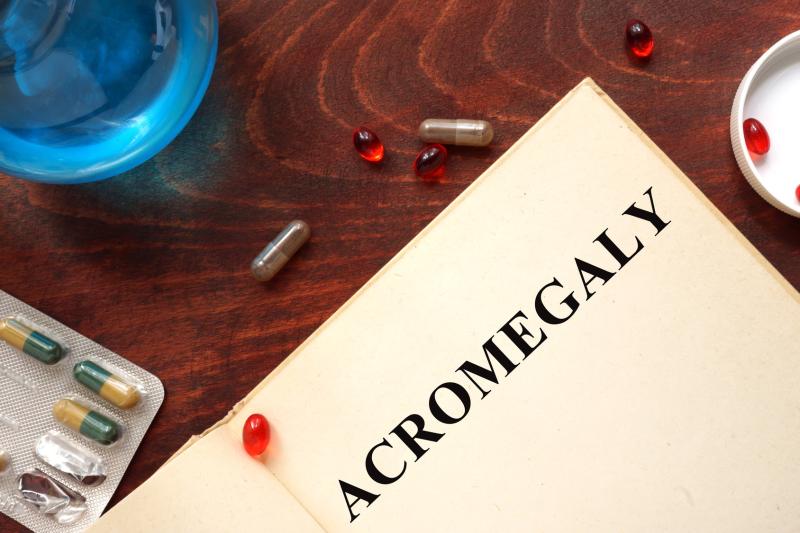
The risk of incident vertebral fractures (VFs) is lower among acromegaly patients with biochemically active disease treated with pasireotide LAR (Pasi) compared with those on pegvisomant (PegV), reports a recent study, which also confirms that the presence of pre-existent VFs is the main cause of incident VFs.
The investigators conducted a longitudinal retrospective international study to examine the incidence of radiological VFs in 55 patients with acromegaly who are resistant to first-generation somatostatin receptor ligands (SRL).
Twenty-three (41.8 percent) patients presented with prevalent VFs at study entry. The proportion of patients achieving biochemical acromegaly control was comparable between the two treatment groups (PegV vs Pasi: 66.7 percent vs 66.7 percent).
During follow-up, 16 patients (29.1 percent) were diagnosed with incident VFs. The occurrence of incident VFs correlated with prevalent VFs (p=0.002), persistence of active acromegaly (p=0.01) and higher value of insulin-life growth factor 1 (IGF-1) during follow-up (p=0.03).
Among patients with active disease at last visit, the occurrence of incident VFs was less frequent in those treated with Pasi compared with PegV (25 percent vs 77.8 percent; p=0.04), independently of the IGF-1 values (p=0.90). Among those who reached biochemical control, more patients in the PegV compared with the Pasi group had incident VFs (22.7 percent vs 12.5 percent; p=0.40).
Furthermore, the main determinant for incident VFs among both treatment groups was the presence of pre-existent VFs.
“Additional studies on larger populations and with longer follow-up are needed to confirm our data and disclose the mechanisms underlying our findings,” the investigators said.